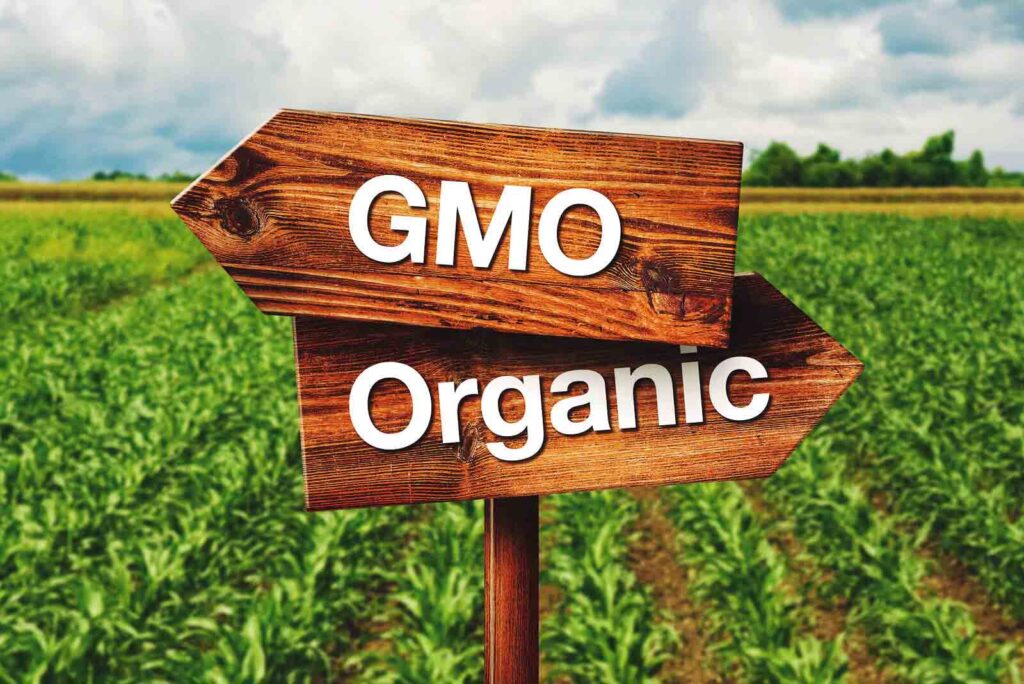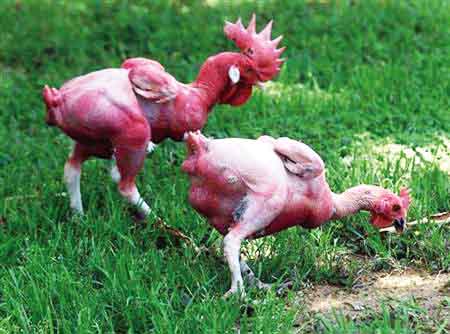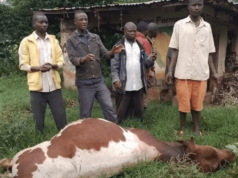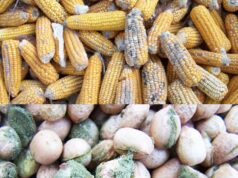By Lynn Felicia
In 1973, Herbert Boyer and Stanley Cohen, made a bacterium resistant to the antibiotic, Kanamycin. This is known to date to be the first genetically modified organism.
However, experiments with genetics started around 8,000 BC when humans used simplified methods like cross-breeding to improve the quality of their crops and animals.
By 1973, genetic modification, especially in agriculture, had taken four other major steps: identification of the basic genetic process and breeding two different types of peas in 1866 by Gregor Mendel, the production and sale of the first hybrid corn in 1922, plant breeders learning to use radiation and chemicals to randomly change an organism’s DNA in 1940, and the identification of the structure of DNA by James Watson and Francis Crick.
The 1980s saw the approval of human insulin to treat diabetes. While the 1990s saw the creation and sale of the first genetically modified organism (GMO) product, a tomato that was studied and proven by federal agencies.
Guidelines to determine the safety of GMOs came along in the 2,000s. Today, GMOs range anything from plants to animals.
Rwomushana’s take
For Lillian Rwomushana, the proprietor of Valour Farm in Fort Portal, these developments have brought positive changes.
“With the varying weather and limited land, genetically modified seeds that withstand extreme conditions come in handy,” Rwomushana says.
According to her, this enables steady supply of food to areas affected by prolonged droughts.
Rwomushana says the seeds are almost perfectly resistant to pests, thereby, requiring less herbicides than the indigenous crop breeds.
Genetically Modified Orgnaism crops yield faster and produce double or more than unmodified crops, and in a shorter period of time.
Most importantly, for farmers, however, is the income. Rwomushana says with more produce and in a short while, she is able to earn more than a farmer who relies on indigenous crops.
Like genetically engineered crops, genetically modified livestock gives more than the ordinary. “My cows are rarely diseased and yet have a faster growth rate, produce more milk and give better quality of meat,” Rwomushana says.
She, however, recognizes that, like anything else, GMOs have a flipside.
Unlike unmodified seeds, GMOs cannot be replanted. This makes their purchase each season expensive for the local farmer.
The animals must also follow a strict vaccination schedule, which can be tiresome. Genetically modified seeds can also pose a threat to human health.
“Because of the chemicals used in ripening the seeds, people are prone to skin irritations, among other health conditions,” she adds.
Rwomushana further notes that different people have suffered from allergies potentially related to GMOs.
A case in point are the bodybuilding nuts in Brazil that were later put off the market.
With alteration of seed DNA using antibiotic resistant marker genes in GMOs, there is a high chance of antibiotic resistance in human beings.
Studies at the Newcastle University in 2002 showed that seven out of 19 people whose stool was tested after eating a burger containing genetically modified soy, had a large portion of its DNA in their small bowel.
This study and more in the recent years have led most countries in Europe to restrict many GMOs for human consumption.

Are GMOs a disservice?
Many will stand in their defense, while others may ask if we should consume genetically engineered food, given its adverse impacts.
To say that GMOs are a total disservice is, however, a stretch because, despite their disadvantages, they have aided many out of poverty, among other benefits.
But one would argue that profits should not be at the forefront, but come way after people’s health. Also, whereas some GMOs are less nutritious, they come in handy in places of drought and famine.
They are almost in constant supply, salvaging many from the death that would have occurred due to hunger in drought affected areas.
As science improves, the quality of these engineered crops and animals is improving too. There will be improvements in the nutrition provided by these crops and animals.
Most GMOs on the market today such as maize, are, in fact, said by food governing bodies, to be of the same nutritional value as non-GMOs of the same kind.
Whether to eat or not to eat these foods is, however, totally up to each one. If you are troubled by the disadvantages and potential risks, it is better to wholly avoid them.
Thankfully, many farmers in Uganda still grow organic food crops. If you are conscious about the rising food costs, then GMOs are for you.
They are way cheaper since they are in an almost constant supply. If you do not mind a mixture of both, that is also passable.






















